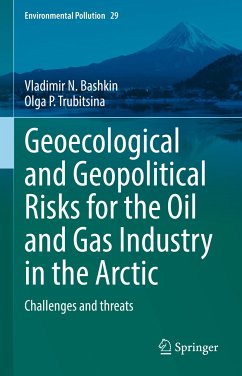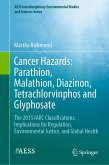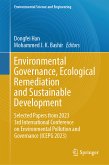The authors reveal the need to consider geopolitical challenges in the process of GER analysis for oil and gas development in the Arctic region. The book explores the intersection of the strategic interests for a number of states and describes Russia's inability to ensure environmental safety in the development of Arctic deposits. The book analyzes in detail each type of GER with an emphasis on their potential to lead to additional opportunities and threats, and assesses environmental rating as an indicator of the GER management process of Russian oil and gas companies operating in the Arctic. Although the main focus is on the Russian part of this region, many arguments and conclusions are quite applicable to the entire Arctic region. The consideration of geoecological and geopolitical aspects of the development of Arctic resources with the example of Russian oil and gas companies sheds light on the entire Arctic region, taking into account the interests of all other national and international companies involved in GER and GPR there.
Dieser Download kann aus rechtlichen Gründen nur mit Rechnungsadresse in A, B, BG, CY, CZ, D, DK, EW, E, FIN, F, GR, HR, H, IRL, I, LT, L, LR, M, NL, PL, P, R, S, SLO, SK ausgeliefert werden.









